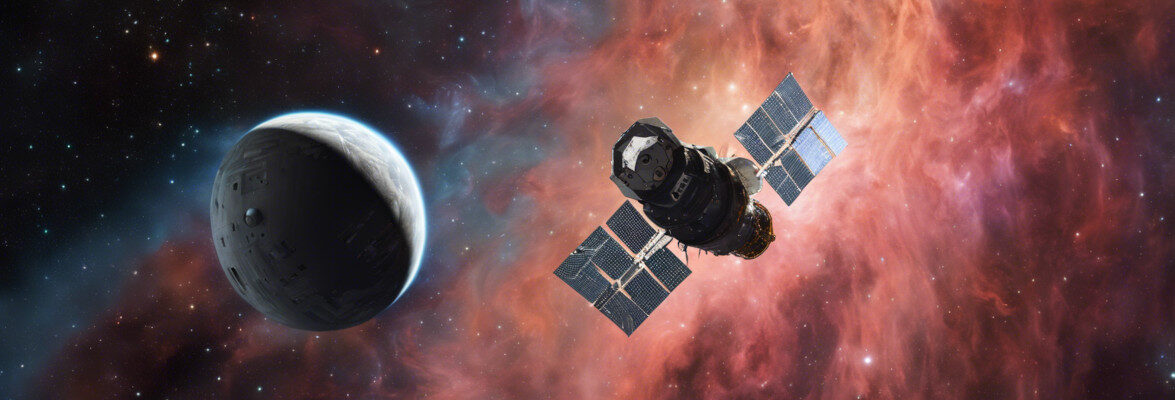
A long duration gamma-ray burst connected to a magnetar
An article published in “Nature” describes the research conducted by an international team led by Jochen Greiner of the Max-Planck-Institut für extraterrestrische Physik, Garching, Germany who studied a gamma-ray burst (GRB) detected on December 9, 2011 by NASA’s Swift satellite and called GRB 111209A. It was an exceptional phenomenon because it lasted more than three hours when gamma-ray bursts typically last from a few seconds to a few minutes. It was the first case of GRB associated with a supernova, called SN 2011kl, which produced a magnetar, a neutron star with an incredibly strong magnetic field.

